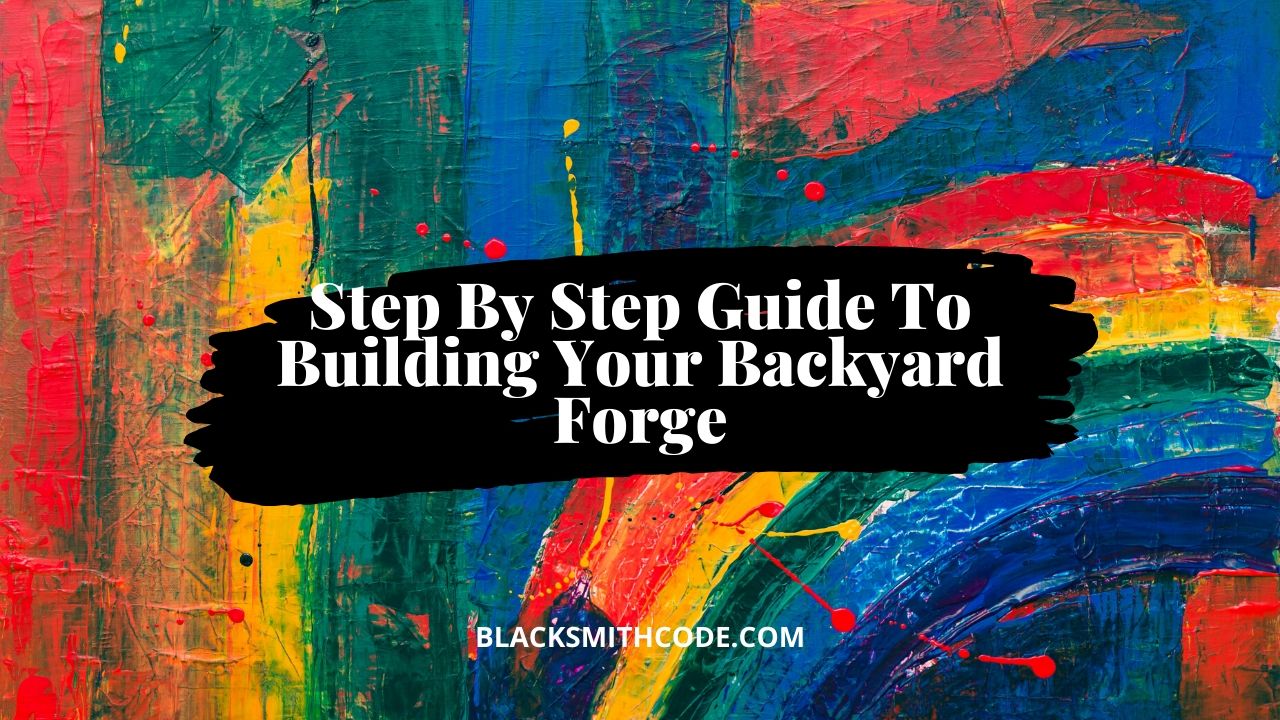Forge is one of the integral elements of blacksmithing. The forge is where heat is generated to make metals red hot before beating it to shape. Therefore, blacksmithing operations cannot proceed smoothly without a forge. You can start blacksmithing right at home by setting up a backyard forge.
However, despite how much the forge is essential to the blacksmithing profession, most people are often concerned about the cost of getting an already made one in the store. Regardless, the good news is that you can build your backyard forage at home. Aside from the fact that producing your backyard forge will save you cost, it will also allow you to customize and design the forge to suit your taste.
Building backyard forge is not a high-tech process; it only requires some simple steps. Below are the five necessary steps that can guide you through building your backyard forge. Let’s get started.
Gather Your Materials
The first thing you have to decide on is the material you want to use for your forge—the most comfortable material to use brick. The type of materials you need for building your brick forge are; 58-65 cement or fire bricks [preferably within 12”x5”x5” dimension], a steel grating that will match the forge both in length and breadth, air supply/bellows.
Lay Your Bricks
After finding a suitable place in your backyard for the forge, the next line of action after gathering the materials is to lay your bricks. The size of the forge is entirely at the discretion of the individuals involved. Ensure that you site your forge away from trees and other covers so that the CO and smoke produced from the forge will be able to escape. Also, ensure that the ground you want to set your forge on is flattened and drop some few bricks as a foundation. Start laying the bricks depending on the size of the forge you intend to build. You can arrange them to have two full brick lengths on each side or more.
Integrate Your Air Supply
Air supply is essential to sustain combustion in forge and it is the same in a backyard forge. Once your forge has reached the height of 5 bricks, [or depending on how high you want the forge to be] slide a block over far enough to allow a nozzle to fit in. You can choose to cut off the protruding part of the brick, or you can decide to leave it.
Add Your Grate
This is the most straightforward process in these construction procedures. It would be best if you placed the grate on the brick walls once it has reached your desired height. It should be easy to set since the brick is grate is the size of the block in length and breadth.
Finishing Up
The finish-up process only involves light touches, and they include the trimming-off of the protruding part of the brick walls, and holding the bricks together with mortar to prevent heat explosion.
Conclusion
Forge in blacksmithing is one of the elements you must have before you can proceed with other blacksmithing procedures. If buying a new one or getting a used one is too expensive for your budget, you can build your backyard forge. Building forge in the backyard is not rocket science. It is quite easy. Once you get your materials and the needed space, you can execute the project following the simple steps above.

